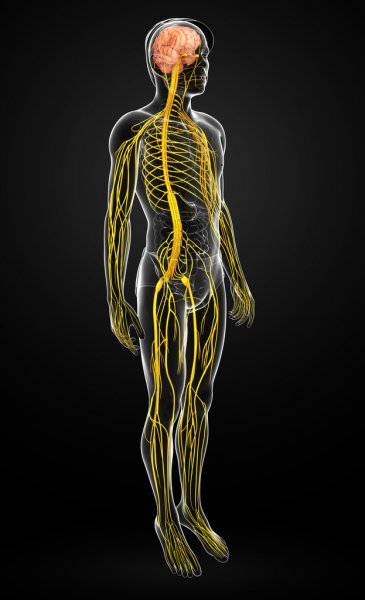ABO BLOOD GROUPS
ABO blood groups:
Blood group antibodies (A, B, AB, O) that may destroy red blood cells bearing the antigen to which they are directed; also called “agglutinins.” These red-cell antigens are the phenotypic expression of inherited genes, and the frequency of the four main groups varies in populations throughout the world. The antigens of the ABO system are an integral part of the red-cell membrane as well as all cells throughout the body and are the most important in transfusion practice.
Abortion:
The termination of gestation before the fetus can survive on its own.
Bascisic acid (ABA): A plant hormone (C15H20O4) and weak acid that generally acts to inhibit growth, induces dormancy, and helps the plant tolerate stressful conditions by closing stomata. Abscisic acid was named based on a belief that the hormone caused the abscission (shedding) of leaves from deciduous trees during the fall. At times when a plant needs to slow down growth and assume a resting (dormant) stage, abscisic acid is produced in the terminal bud, which slows down growth and directs the leaf primordia to develop scales that protect the dormant bud during winter. Because the hormone also inhibits cell division in the vascular cambium, both primary and secondary growth are put on hold during winter.This hormone also acts as a stress agent that helps a plant deal with adverse conditions. For example, ABA accumulates on leaves and causes stomata to close, reducing the loss of water when a plant begins to wilt. In 1963, abscisic acid was first identified and characterized by Frederick Addicott and colleagues. In 1965, the chemical structure of ABA was defined, and in 1967, it was formally called abscisic acid.
Absorbtion Spectrum:
Different pigments absorb light of different wavelengths. For example, chlorophyll effectively absorbs blue and red. The absorption spectrum of a pigment is produced by examining, through the pigment and an instrument called a spectroscope, a continuous spectrum of radiation. The energies removed from the continuous spectrum by the absorbing pigment show up as black lines or bands and can be graphed.
abyssal zone: The portion of the ocean floor below 1,000–2,000 m (3,281–6,561 ft.), where light does not penetrate and where temperatures are cold and pressures are intense. It lies seaward of the continental slope and covers approximately 75 percent of the ocean floor. The temperature does not rise above 4°C. Because oxygen is present, a diverse community of invertebrates and fishes do exist, and some have adapted to harsh environments such as hydrothermal vents of volcanic creation. Food-producing organisms at this depth are chemoautotrophic prokaryotes and not photosynthetic producers.
FOLLOW US ON FACEBOOK:
https://www.facebook.com/timesofeducationgk/
Popular Posts
Recent Keyword
Categories
Contact Us
Copyright ©
TIMES OF EDUCATION GK





0 Comments